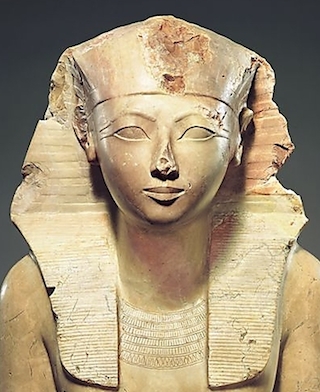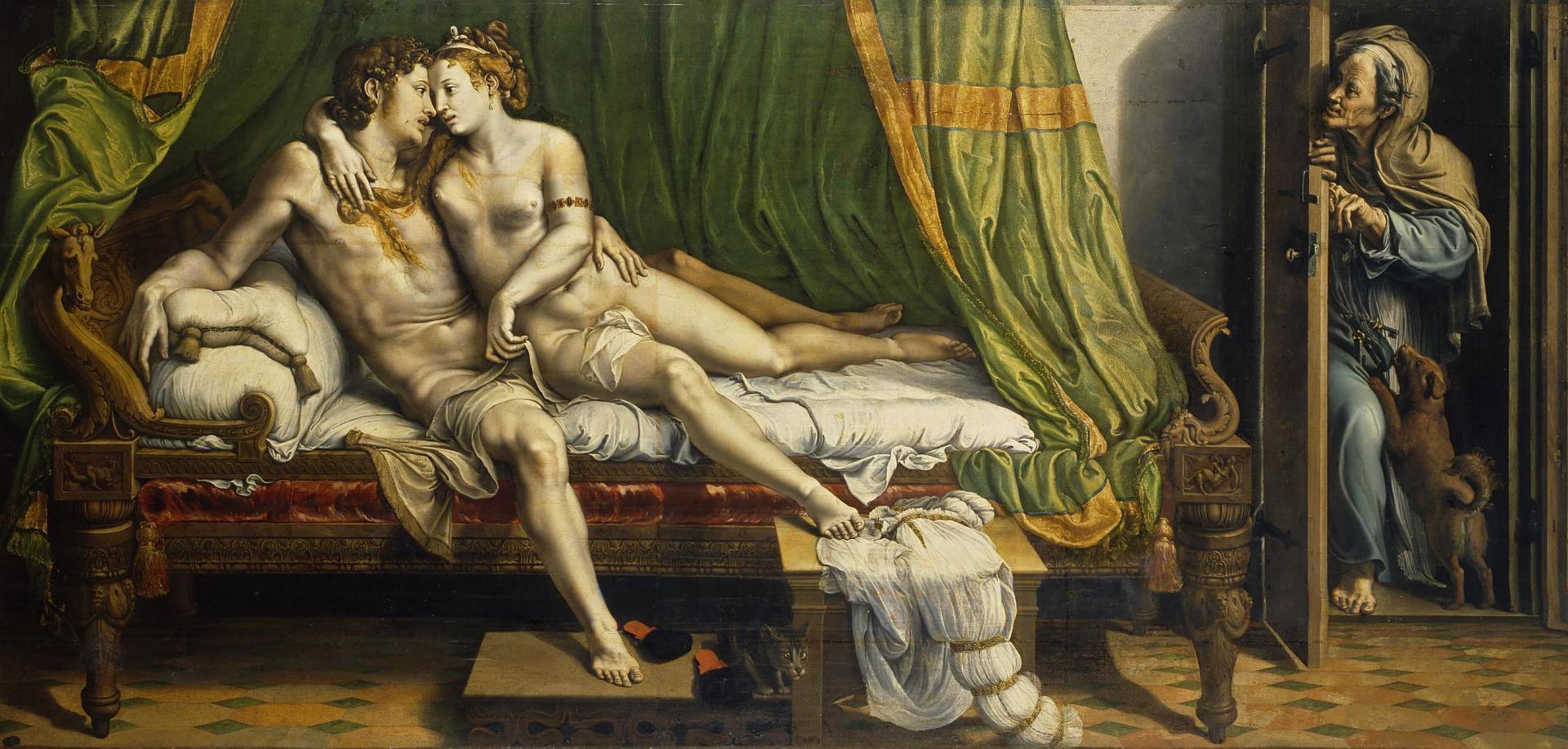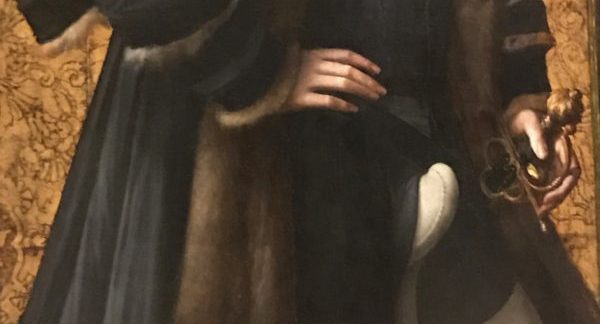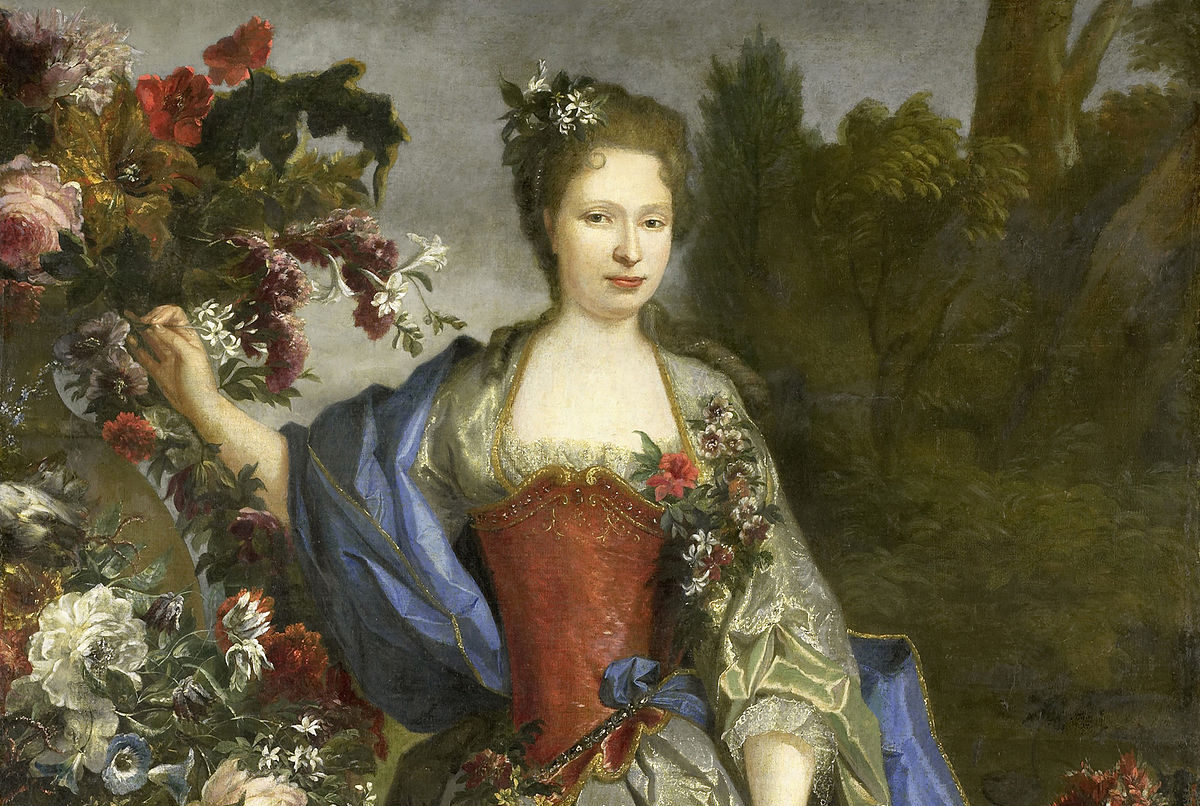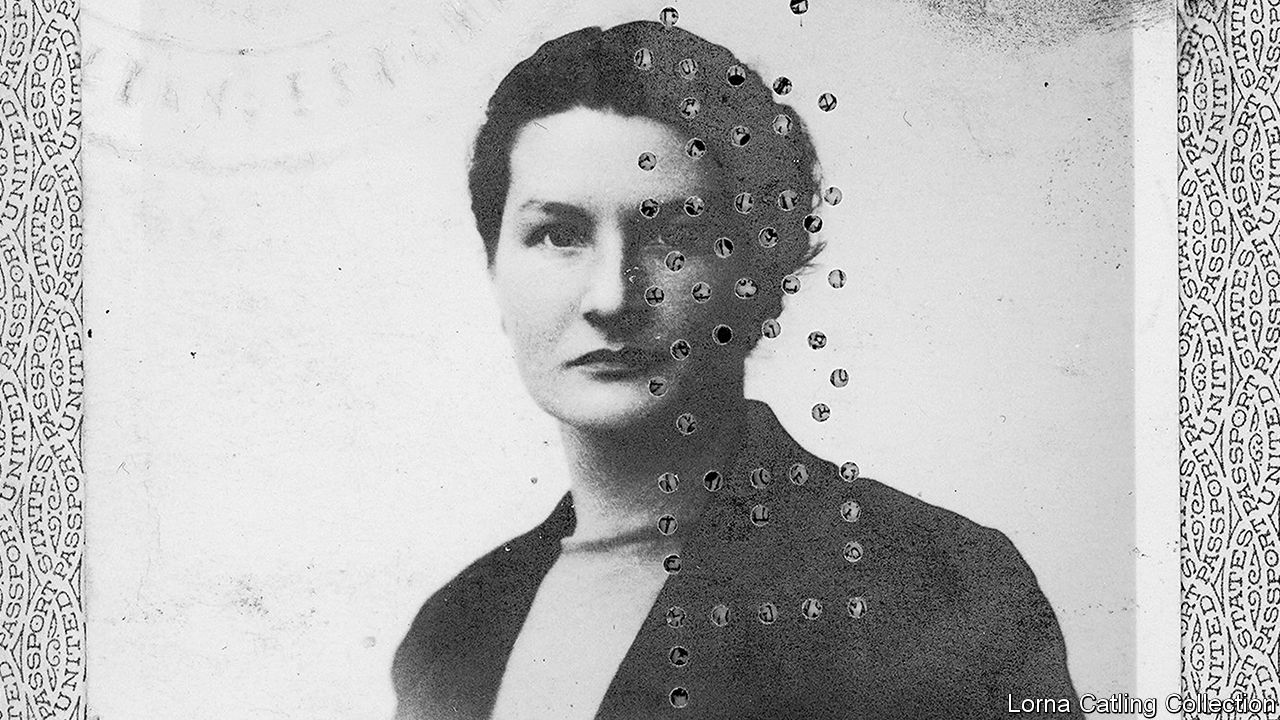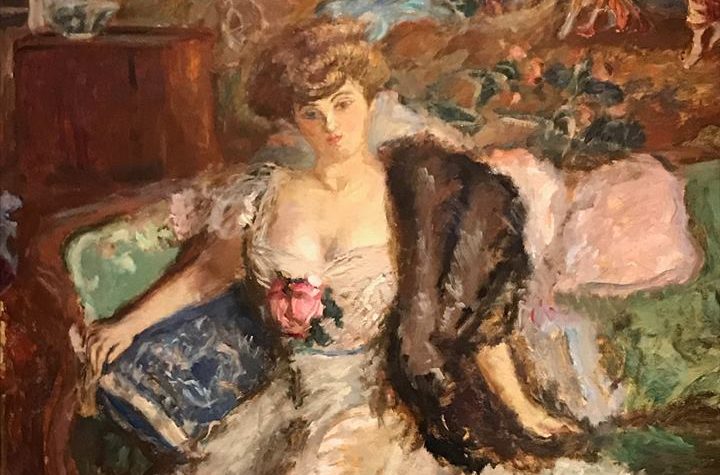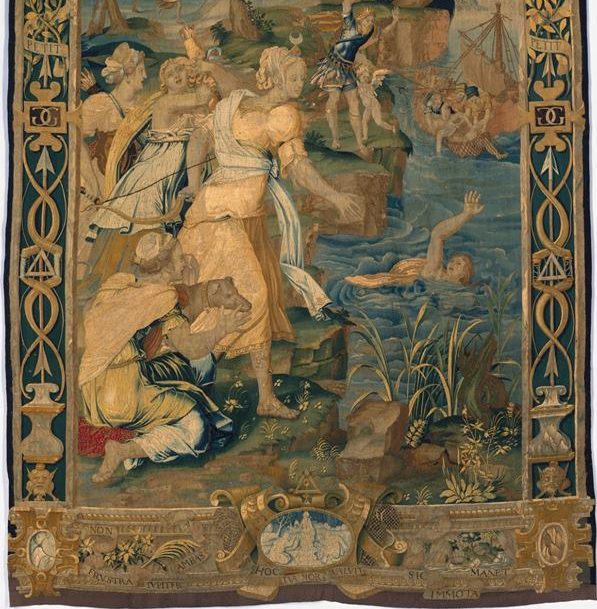One of the fun things to look at in the Metropolitan museum is the way artists portray women's breasts—because while you might imagine that the modern obsession with large breasts is universal, in fact ideal breasts vary from cultural moment to cultural moment. In particular, it is pretty clear that the Renaissance favored small breasts. The corsets in fashion at that time created an upper body shape similar to the shape of a man's chest in armor. It seems the women's corsets squashed their breasts out sideways to create this effect. And Renaissance nudes' breasts are influenced by the way women looked when clothed: their breasts are not large, sit low on the chest, and are quite far apart. In the 18th and 19th centuries, by contrast, women's breasts reflect a different kind of corset: they are larger, higher, and closer together. But what about *male* body parts?
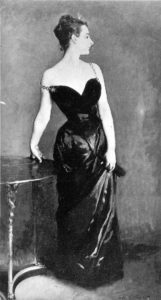 was unveiled at the 1884 Paris Salon, it caused such a scandal that Sargent's career was almost destroyed. Who after all would want to hire a portrait-painter who caused scandals at the Salon? It was also damaging, of course, for Gautreau's reputation as a society beauty. Her family begged Sargent to withdraw the painting from the Salon, but he refused. After the Salon, however, he repainted the detail that had caused the biggest scandal.
was unveiled at the 1884 Paris Salon, it caused such a scandal that Sargent's career was almost destroyed. Who after all would want to hire a portrait-painter who caused scandals at the Salon? It was also damaging, of course, for Gautreau's reputation as a society beauty. Her family begged Sargent to withdraw the painting from the Salon, but he refused. After the Salon, however, he repainted the detail that had caused the biggest scandal.



